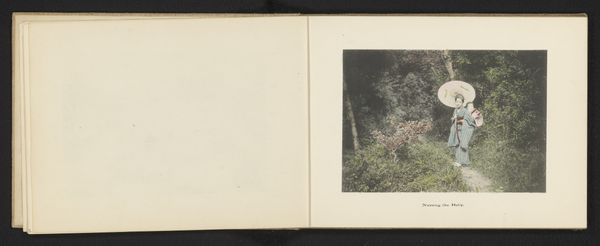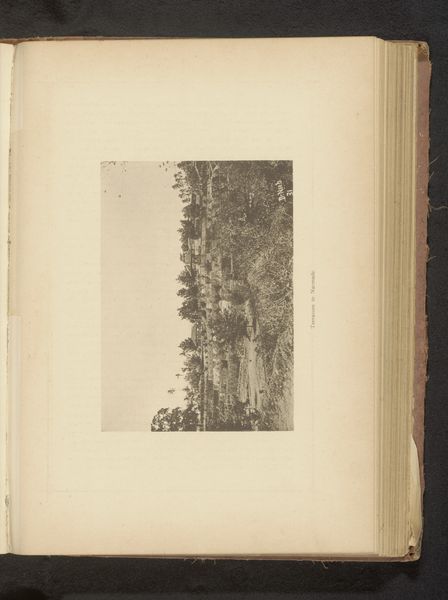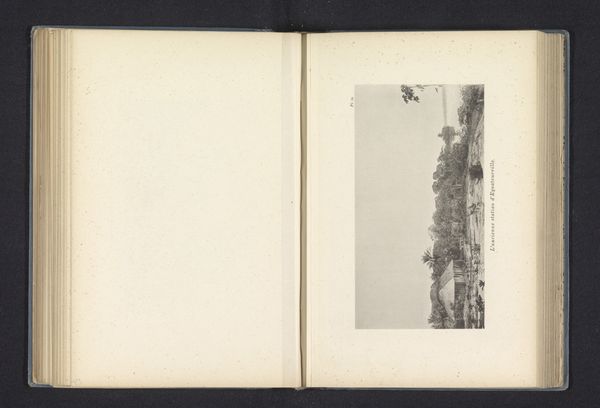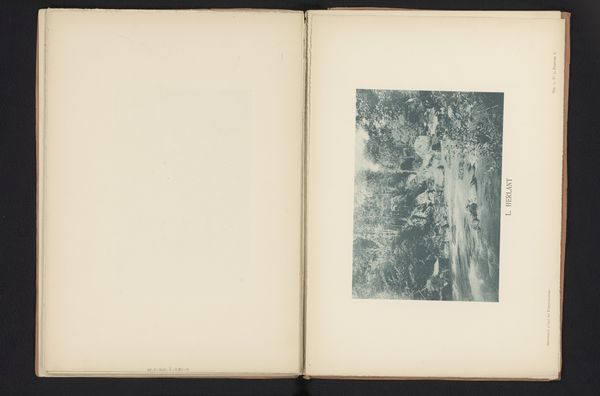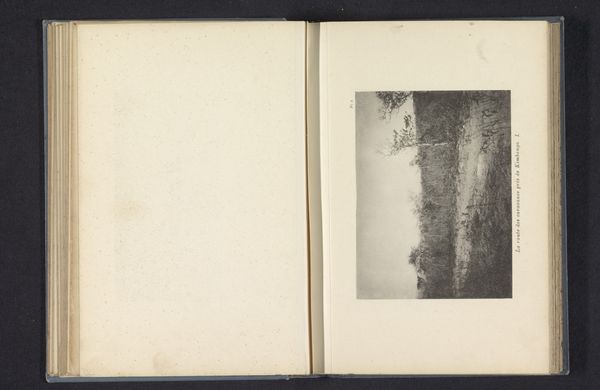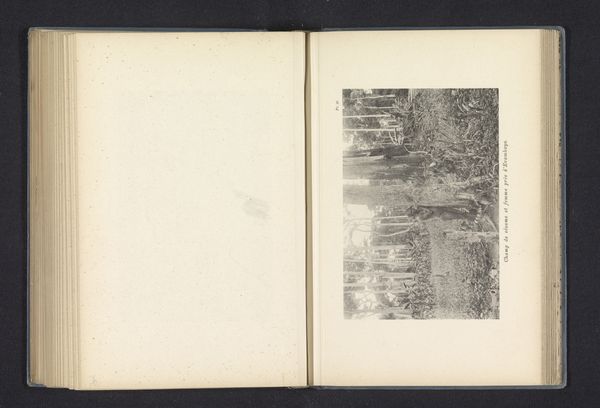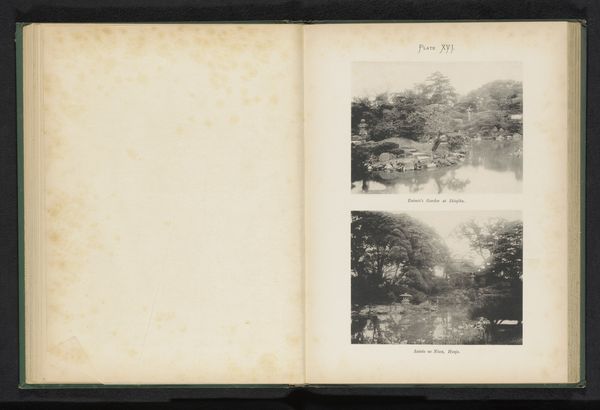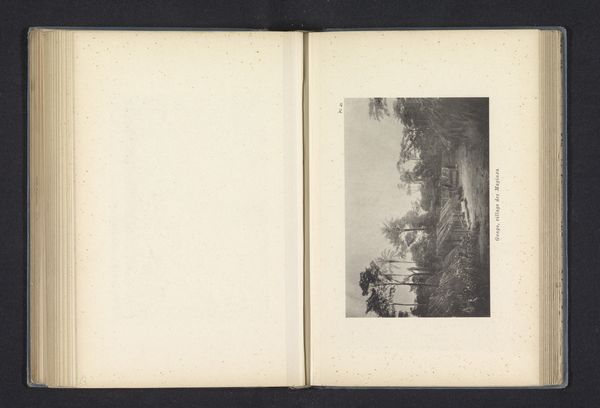
photography
#
landscape
#
photography
#
coloured pencil
Dimensions: height 106 mm, width 151 mm
Copyright: Rijks Museum: Open Domain
Editor: This is "Mensen die thee plukken in Japan," or "People Picking Tea in Japan," taken around 1895-1905 by Kōzaburō Tamamura. It's a color print photograph of a tea field. The figures seem dwarfed by the landscape; I find it both serene and slightly unsettling. What catches your eye? Curator: The act of tea picking, especially when documented through the relatively new medium of color photography, becomes more than just a depiction of labor. Consider the symbolic weight of tea in Japanese culture. It is a ritual, a connection to tradition, a form of hospitality, a moment of communion. These figures in the field, almost anonymous, embody centuries of cultural memory tied to that simple leaf. Editor: So you're saying it’s not just a picture of people working, but a visual symbol of Japanese identity? Curator: Precisely. Note the muted colors; they almost seem to recall memories fading with time, lending an ethereal quality to the photograph. Photography at this time often served as a mode to both document the world and yet almost simultaneously aestheticize it as it transformed through global trade. This image may, even inadvertently, show what was perceived by outsiders to be "tradition". The clothing of these individuals is as important as the way that this plantation is portrayed as timeless and unchanging. The visual tropes, the symbols and motifs are being memorialized in this composition. Editor: It makes me think about how we perceive traditions, and whose stories are told through those perceptions. Curator: Exactly. These symbols become a reflection of our own understanding and expectations. What will this image say to viewers a hundred years from now? Editor: It's fascinating to consider how much an image can hold – how a simple scene can carry so much cultural weight. Curator: Indeed. By recognizing the visual language, the coded gestures, we gain a deeper understanding of both the subject and ourselves.
Comments
No comments
Be the first to comment and join the conversation on the ultimate creative platform.
